Consolidating international sites under one domain is a major strategic decision. Here’s what you need to know.
Migrating International Sites to One Domain
The Pros
Easier SEO Management Having all international sites under one domain simplifies SEO. You’re managing one site instead of multiple domains. Link equity flows between all international sections, strengthening the entire domain.
Shared Domain Authority The main domain passes its authority to all international subfolders. At the same time, international sections feed their link value back into the main domain. This creates a positive feedback loop that boosts overall rankings.
Operational Efficiency One domain means one set of technical requirements. Updates, security patches, and maintenance happen once across all markets. Your team can focus on content and strategy rather than juggling multiple technical setups.
The Cons
Link Profile Risk Bad links from any international domain can affect the entire consolidated site. A penalty on one section could impact all markets. You need comprehensive backlink audits before migration.
Traffic Volatility Expect temporary traffic drops during migration. Google needs time to understand new URL structures and redirects. Even perfect migrations see short-term ranking fluctuations.
PPC Limitations You can’t bid on the same keywords across multiple domains anymore. This reduces your total presence on competitive search terms.
High Stakes Migration One mistake affects all international markets. The risk is concentrated rather than distributed.

Implementation Strategy
Phase the Migration Don’t migrate everything at once. Start with one market to test the process. This looks like a domain change to Google rather than consolidation, potentially preserving more value.
Audit Everything First Check backlink profiles for all domains. Identify toxic links and penalties. Remove these before migration to prevent contamination.
Test Before Full Launch Redirect a few pages first. Confirm Google indexes them correctly before doing the entire site. This catches technical issues early.
Technical Essentials
- Use 301 redirects for all page moves
- Implement hreflang tags correctly
- Create new sitemaps for the consolidated structure
- Update all internal links to new URLs
- Maintain similar URL structures where possible
Monitor Closely Track rankings, traffic, and indexing before and after migration. Quick identification of issues allows faster fixes.
Brand Consolidation to One Domain
The Pros
Combined Link Equity Multiple brand domains usually have different link profiles. Consolidating these under one domain creates significant authority gains.
Increased Domain Strength The consolidated domain benefits from all historical link building efforts across brands.
Traffic Concentration All traffic flows to one domain instead of being split across multiple properties.
The Cons
Brand Loyalty Loss Customers loyal to specific brands might be confused or frustrated by consolidation. This can lead to customer defection.
Reduced SERP Presence If multiple brands currently rank for the same terms, consolidation means fewer positions on search results pages. Your total click-through rate might drop.
Keyword-Brand Alignment Issues Brands with names that match valuable keywords may lose ranking advantages when moved to a different domain.
Brand Consolidation Strategy
Map Content Carefully Every page from old brand sites needs to redirect to the most relevant page on the new domain. Poor mapping leads to high bounce rates and lost conversions.
Communicate the Change Brand consolidation affects customers, partners, and employees. Clear communication prevents confusion and maintains relationships.
Preserve Brand Identity Use URL structure, content, and design to maintain brand distinction within the consolidated domain.
SEO Impact Analysis
International Migration Impact The main domain gains SEO value from all international sites. International sections also benefit from the main domain’s authority. This typically results in increased domain authority and improved rankings across all markets.
Brand Consolidation Impact Old brand domains pass their SEO value to the new domain through 301 redirects. The consolidated domain should see increased authority and traffic from redirected visitors.
Key Considerations
Risk vs Reward Domain migration is high-risk, high-reward. The potential benefits are significant, but implementation mistakes can be costly.
Resource Requirements Successful migration requires substantial planning, technical expertise, and ongoing monitoring. Budget accordingly.
Timeline Expectations Full migration benefits typically take 3-6 months to realise. Plan for temporary performance dips.
Success Metrics
- Organic traffic retention
- Ranking position stability
- Domain authority growth
- Conversion rate maintenance
- Technical crawl health
Final Thoughts
Domain migration can deliver significant SEO and operational benefits when executed properly. The key is thorough planning, careful implementation, and continuous monitoring.
The risks are real, but manageable with the right approach. Start small, test thoroughly, and be prepared to adjust quickly based on performance data.
Whether consolidating international sites or brands, the fundamentals remain the same: preserve link equity, maintain user experience, and monitor everything closely.



